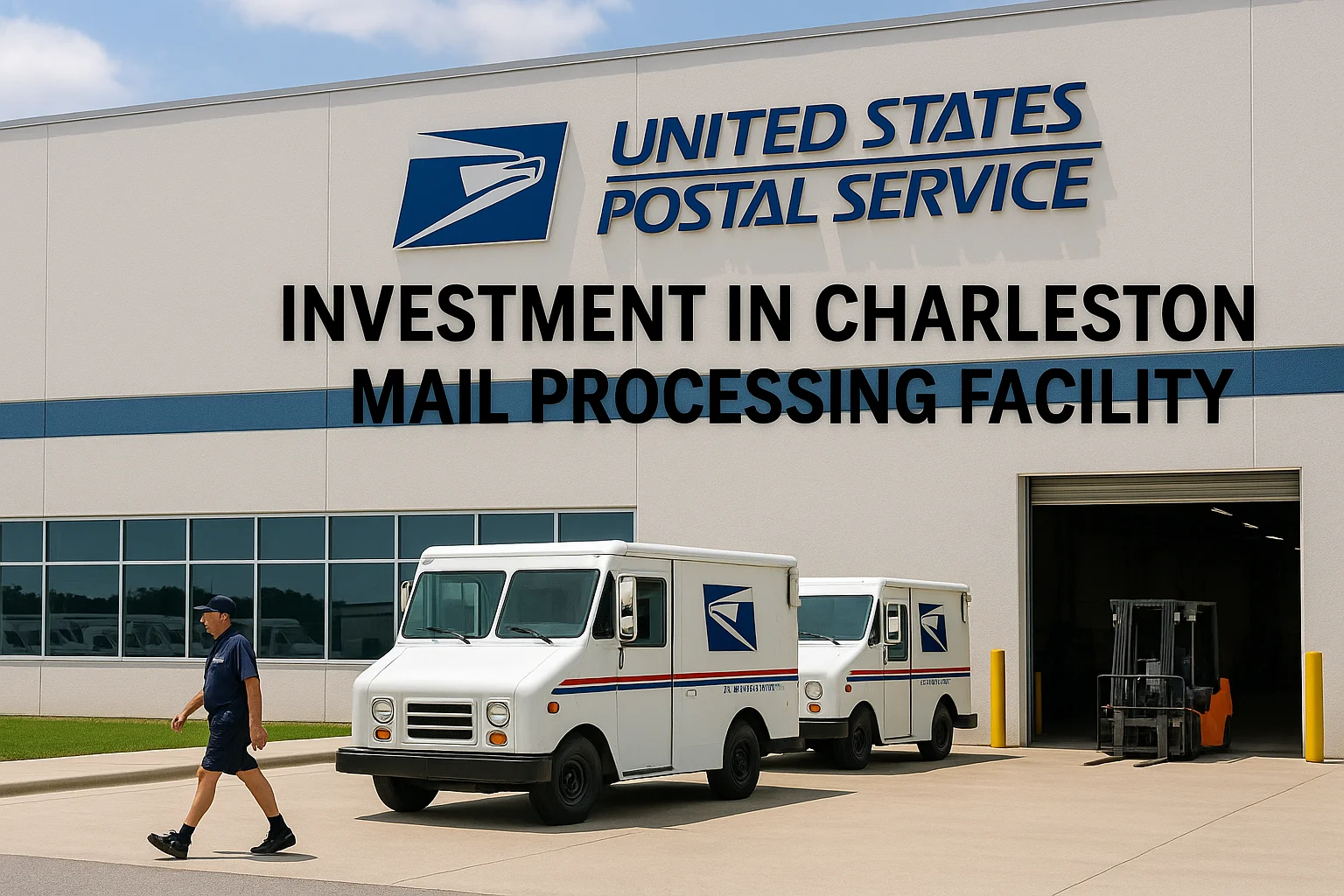Introduction
Every successful brewery eventually faces the same challenge: keeping up with demand. What began as a small operation brewing a few barrels a week for local taproom customers can quickly turn into a growing enterprise needing to supply restaurants, regional distributors, or even national markets. Scaling brewery equipment is not just about buying bigger tanks—it’s about carefully planning upgrades, optimizing space, and making decisions that balance efficiency, quality, and cost.
This article explores how breweries can scale their equipment as production grows, from incremental additions to full-scale expansions. We’ll cover the key stages of brewery growth, equipment upgrades at each stage, common challenges, and strategies to ensure smooth transitions without sacrificing beer quality.
The Stages of Brewery Growth
Nano-Brewery Stage (1–3 bbl)
Many breweries start with very small brewhouses, often called nano-breweries. These setups are ideal for testing recipes, building local followings, and operating with limited space and budget.
At this stage, scaling is about maximizing existing equipment efficiency rather than major investments.
Microbrewery Stage (5–15 bbl)
As demand increases, breweries expand into microbrewery systems. These systems offer more volume per batch and better efficiency. Fermentation capacity often becomes the bottleneck at this stage, requiring additional fermenters and brite tanks.
Regional Brewery Stage (20–50 bbl and beyond)
Regional breweries operate at a much larger scale, with dedicated distribution channels and higher consistency requirements. Scaling here involves major capital investment in automation, packaging, and logistics infrastructure.
Identifying the Right Time to Scale
Signs You’re Outgrowing Current Equipment
- Fermenters are always full, limiting production.
- Demand regularly exceeds supply, forcing missed opportunities.
- Scheduling conflicts between brewing and packaging strain operations.
- Quality suffers due to overworked systems or rushed processes.
Strategic Considerations
Scaling should not be a knee-jerk reaction to short-term demand spikes. Breweries must evaluate long-term growth trends, distribution contracts, and capital availability before investing.
Scaling Fermentation Capacity
Fermenters as the First Upgrade
For most breweries, fermentation tanks are the initial bottleneck. Adding fermenters increases capacity without requiring a larger brewhouse.
- Strategy: Add fermenters sized at least twice the brewhouse capacity to allow double-batching.
- Example: A 10 bbl brewhouse paired with 20 bbl fermenters allows brewing two shifts in a day to fill one tank.
Brite Tanks for Packaging Efficiency
Brite tanks streamline packaging by freeing up fermenters for new batches. As production grows, additional brite tanks improve flexibility and reduce bottlenecks.
Upgrading the Brewhouse
Incremental Expansion
Breweries often start by upgrading specific vessels:
- Larger kettles for bigger batches.
- Automated mash tuns for consistency.
- Additional hot liquor tanks for back-to-back brewing.
Full-System Upgrade
At a certain point, replacing the entire brewhouse with a larger system becomes more efficient. This transition requires significant planning to avoid extended downtime.
Automation Considerations
Scaling usually involves moving from manual or semi-automated systems to PLC-controlled brewhouses. Automation improves repeatability and reduces labor costs.
Scaling Utility Systems
Glycol Chillers
As fermenter capacity increases, glycol systems must be upgraded. Undersized chillers lead to fermentation temperature swings, compromising beer quality.
Steam Boilers
Breweries that expand brewhouse size often require larger boilers or additional steam capacity. Planning utility scalability in advance prevents costly retrofits.
Electrical and Plumbing
Scaling production demands stronger electrical panels, higher water supply, and improved drainage systems. These upgrades should align with local building codes and safety regulations.
Packaging and Distribution Expansion
Kegging Systems
As keg distribution expands, breweries invest in automated keg washers and fillers to maintain efficiency.
Bottling and Canning Lines
Manual bottling systems may suffice early on, but scaling requires semi-automated or fully automated packaging lines. While expensive, they reduce labor costs and improve shelf life by minimizing oxygen pickup.
Cold Storage
Distribution requires dedicated cold rooms or warehouses. Scaling without expanding cold storage can cause bottlenecks and quality issues.
Facility and Layout Adjustments
Space Planning
Breweries must account for future space needs, leaving room for added tanks and packaging lines. Moving locations mid-growth can disrupt momentum and add significant costs.
Workflow Efficiency
Scaling equipment is not just about volume—it’s about layout. Poor workflow leads to wasted labor and contamination risks. Breweries often redesign layouts to ensure linear flow from brewing to fermentation to packaging.
Financial Planning for Scaling
Budgeting for Equipment
High-quality tanks, brewhouses, and packaging lines represent major capital expenses. Breweries must decide between financing, leasing, or phased investment.
ROI Considerations
Investments should be evaluated in terms of ROI (return on investment). A new fermenter may pay for itself in under a year if it enables more production, while packaging lines may take longer but open new markets.
Contingency Funds
Unexpected costs—like utility upgrades or construction delays—are common. Breweries should budget 10–15% extra for contingencies.
Maintaining Beer Quality During Scaling
Yeast Management
As batch sizes increase, consistent yeast pitching and propagation become more critical. Breweries often invest in yeast propagation systems to maintain quality.
Process Control
Larger systems require tighter monitoring of temperature, pressure, and flow rates. Scaling should include investments in sensors, automation, and quality control labs.
Cleaning and Sanitation
CIP systems must be scaled to ensure all tanks and piping remain sanitary. Inadequate cleaning infrastructure can cause contamination and costly recalls.
Common Mistakes When Scaling
Expanding Too Quickly
Some breweries over-invest before demand is stable, leading to unused capacity and financial strain.
Ignoring Utilities
Adding tanks without upgrading glycol or steam systems causes inconsistent fermentation or inefficient brewing.
Sacrificing Quality for Volume
Breweries that rush expansion risk releasing inconsistent beer, damaging brand reputation.
Underestimating Space Needs
Cramped layouts lead to inefficient workflows and expensive relocations.
Strategies for Smooth Scaling
Phased Growth
Scale in stages—start with fermenters, then expand the brewhouse, then add packaging lines. This approach spreads costs and minimizes risk.
Modular Equipment
Invest in modular systems that allow incremental upgrades rather than full replacements.
Vendor Partnerships
Work with trusted equipment suppliers who understand scaling challenges and can provide long-term support.
Data-Driven Decisions
Track production, sales, and demand to make informed scaling decisions. Avoid relying solely on gut instinct.
Conclusion
Scaling brewery equipment as production grows is a natural and exciting step for successful breweries. Done right, it allows breweries to meet demand, expand into new markets, and build long-term profitability. Done poorly, it can lead to financial strain, quality issues, and lost reputation.
The key is strategic planning: starting with fermentation upgrades, aligning utilities and facilities, investing in automation, and maintaining a relentless focus on beer quality. With careful execution, scaling equipment becomes not just an operational necessity but a growth engine that transforms local breweries into regional or national players.
FAQs
1. What’s the first piece of equipment most breweries upgrade when scaling?
Fermentation tanks are usually the first upgrade. They provide the quickest path to increased production without replacing the entire brewhouse.
2. How do breweries decide between expanding equipment or moving to a larger facility?
The decision depends on space availability, demand growth, and financial resources. If current facilities cannot accommodate additional tanks or utilities, relocating may be necessary.
3. Can small breweries lease equipment instead of buying when scaling?
Yes. Many breweries lease fermenters, brewhouses, or packaging lines to reduce upfront costs. Leasing provides flexibility but may be more expensive over the long term compared to outright purchase.


